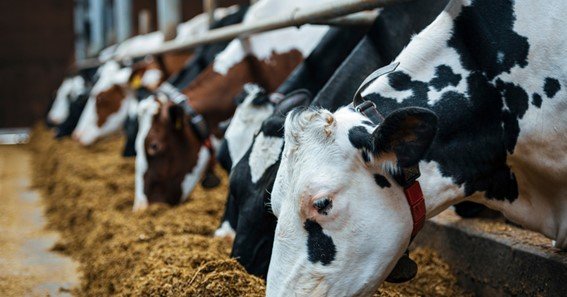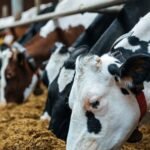When managing livestock, pets, or wildlife, an animal feeder plays a crucial role in ensuring that animals receive proper nutrition efficiently. Choosing the right feeder is essential for reducing waste, promoting healthy eating habits, and making feeding management more sustainable. Whether you’re managing a farm or feeding wild birds, selecting the appropriate feeder is key to your success.
Types of Animal Feeders
1. Gravity Feeders
These feeders work on a simple principle: as animals consume food from a tray, gravity naturally refills it from a storage container. Gravity feeders are ideal for continuous access to feed without requiring frequent refills. However, they may lead to overeating or food waste if the animals aren’t regulated
2. Electronic Feeders
For precise feeding schedules and portion control, electronic feeders are a great option. These feeders can be programmed to release specific amounts of feed at designated times, which helps in maintaining portion control and reducing feed waste. Electronic feeders are especially useful for managing the diets of pets and livestock
3. Trough Feeders
Commonly used for livestock like pigs and cattle, trough feeders allow multiple animals to feed at once. These feeders can hold large amounts of feed, but they need to be regularly maintained to prevent waste and contamination
4. Automatic Feeders
These feeders dispense food automatically at set intervals, providing a consistent feeding routine. They are useful in farms where frequent feed monitoring is necessary, ensuring all animals receive the right amount of feed without the need for constant supervision
5. Platform Feeders
Popular among bird enthusiasts, platform feeders provide an open feeding space where various bird species can gather to eat. While they are simple and effective, these feeders also attract other wildlife, which can lead to competition for food
FAQ
1. What is a gravity feeder?
A gravity feeder uses gravity to automatically refill the feeding tray as animals eat, making it a low-maintenance option for continuous feeding. However, it may not provide portion control, potentially leading to overeating
2. How does an electronic feeder work?
Electronic feeders are programmable devices that dispense food at set times, allowing for precise portion control and scheduling. They are ideal for managing diet-sensitive animals
3. What are the benefits of automatic feeders?
Automatic feeders allow for consistent feeding schedules without the need for manual refilling. They are useful for farms that require frequent, controlled feeding times
4. Are platform feeders good for wildlife?
Yes, platform feeders are effective for attracting a wide variety of bird species, but they can also invite other animals like squirrels, which may require additional measures to keep the feed safe
5. How can I minimize feed waste with animal feeders?
Choosing feeders that control portions, protect feed from weather, and minimize spillage can help reduce waste. Regular maintenance and appropriate feeder design are key to efficient feed management
Selecting the right animal feeder can improve feeding efficiency, reduce waste, and ensure that animals stay healthy and well-fed.










